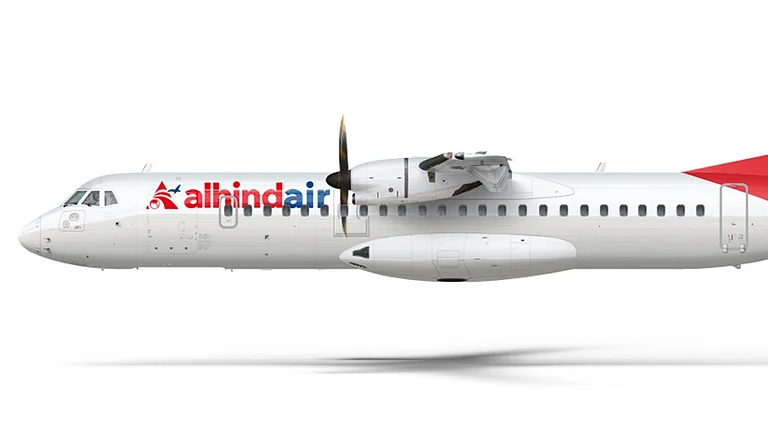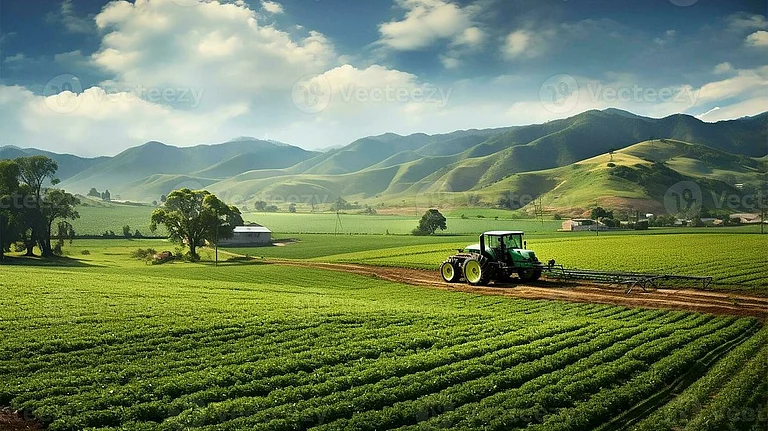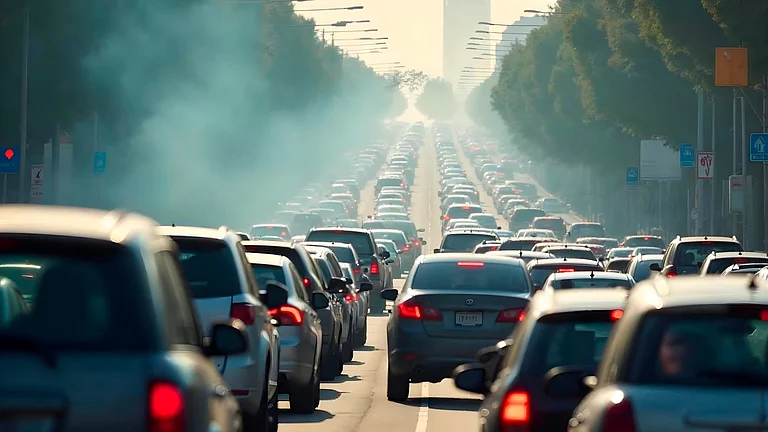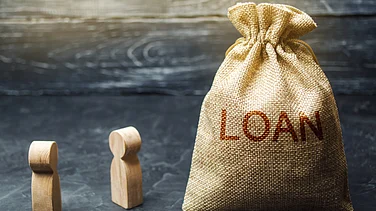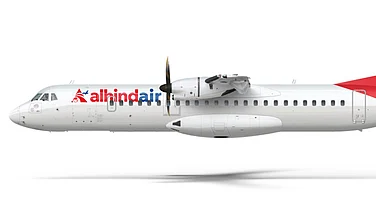The year 1977 stands out in Indian history for a number of reasons. The Emergency had just ended. Coca-Cola, the symbol of Westernisation which had entered India just two years after independence, had been driven out of India due to regulatory issues with the government. To the country’s surprise and relief, the same year also marked the arrival of Campa, a new local soft drink brand which made Indians experience “The Great Indian Taste”.
In the years that followed, it rose as the desi option that filled the void left behind by the exit of Coca-Cola which had become the soft drink of choice for the rich and the poor. The beverage came in three flavours—cola, lime and orange—in a glass bottle that had Campa written on it and soon became a household name. All through the rest of the ’70s and ’80s, Campa ruled the soft drinks space along with Thums Up, another Indian brand from Parle which had also come up to plug in Coca-Cola’s gap.
The going was good for Campa for a few years but things changed when India started opening up. By 1989, Pepsi, another American brand, had made inroads. The economic liberalisation of 1991 paved the way for cola giant Coca-Cola’s re-entry with renewed fervour in the Indian market. Campa could not stand its ground in the face of the combined force with which its foreign rivals captured the market.
There were many things that led to Campa’s gradual but eventual downfall. With their deep pockets, Pepsi and Coca-Cola’s aggressive advertising and robust market network worked against Campa’s fighting chance of survival. Coca-Cola even acquired Thums up, Campa’s biggest competition, in 1993. The end was near for Campa. In the 2000s, its bottling plants in Delhi closed, also closing its chapter.
Or so the country and the players in the industry thought.
The recent acquisition of Campa by Reliance Retail has raised hopes of the revival for the iconic brand. Under Reliance, Campa would be relaunched in its iconic cola, lemon and orange flavours. More importantly, the brand might be even looking to compete with Coca-Cola and Pepsi, the very companies that once put it out of business.
Why Campa Cola?
At the 45th annual general meeting, Isha Ambani, director of Reliance Retail Ventures, announced, "This year, we will launch our FMCG goods business."
The acquisition of Campa is just the beginning of Reliance’s larger plans to conquer India’s fast-moving consumer goods (FMCG) market after it disrupted the telecom sector with the launch of Jio.
Reliance bought Campa from the Pure Drinks Group, a Delhi-based company, reportedly for around Rs 22 crore. Experts believe that Reliance would not think small if they acquired a brand for Rs 22 crore. In another year or two, Reliance might disrupt the entire aerated drinks market, they say.
According to a report from market research firm Research and Markets, the Indian carbonated beverages market segment was valued at Rs 13,460 crore in FY20 and is expected to reach a value of Rs 34,964 crore by FY27. A 2016 report by Nielsen IQ said that in total, 1.25 billion Indians drink 5.9 billion litres of soft drinks in a year.
Another report by economic policy think tank Indian Council for Research on International Economic Relations found that the non-alcoholic beverages market in India could grow at a compound annual growth rate of 8.7 per cent to become Rs 1.47 trillion by 2030. It found that in 2019, the total size of the beverages market, including juices, bottled water, carbonated soft drinks, and fruit-based beverages, was Rs 67,100 crore.
This is a segment where competitive intensity is already high, whether a new company wants to enter or does not, says Varun Singh, assistant vice president, IDBI Capital.
“Campa Cola existed for a long time. There is no reason to expect that the earlier company was not aggressive or not interested in growth. What Reliance will now do for them is probably provide more physical real estate for the product in their own stores. They have also said they want to push their products in general trade,” he adds. As Singh mentions, Campa being made available at kirana stores that purchase from Reliance, Reliance Retail stores and JioMart will only help in building its visibility.
In the aerated drinks market, the margins are very attractive, says Avinash Gorakshakar, head research at Profitmart Securities.
“You do not need anything except water and sugar to manufacture it. It is consumed in a very big way in summers. This is going to be a very big opportunity for Reliance,” he adds.
Gorakshakar also says that Reliance’s foray into the FMCG space would not be with regular categories like shampoo and soaps. “They are unlikely to opt for products that are not scalable. Aerated drinks would just mark the beginning of the process of acquiring several retail brands and other non-alcoholic packaged drinks, that, like Campa, are unable to run their business due to lack of capital,” he adds.
Reliance’s Revival Roadmap
With major ingredients being water, cola or other flavouring and sugar, the cost of making a litre of cold drink roughly ranges between Rs 1.50 and Rs 2. A 750 ml bottle of soft drink is sold at Rs 40 in India. The biggest expenditure for aerated drinks companies is advertising.
A reason why Campa went out of currency in its first stint was because it could not compete with the advertising and marketing spend that brands like Coke and Pepsi could afford. According to data from Tofler, PepsiCo India and Coca-Cola India together spent Rs 924 crore on advertising in FY21. This is the kind of money muscle that Campa would have needed to compete against them and remain in business.
“Campa Cola is already familiar to most Indians. (After) revitalising it with a lot of advertising budget that a brand like Reliance brings to the table that it did not have earlier, it is very much possible that Pepsi and Coke could find it difficult to compete. Reliance will make all the efforts to grab market share,” Gorakshakar says.
In 2019, Campa did make an attempt to re-enter the market but due to a lack of financial power, it again failed to stand tall against established players. After its bottling plants shut down in the 2000s, Campa is currently bottled by Jaipur’s Jallan Food products and its major sales are geographically limited to Haryana. This is where Reliance’s aggressiveness will help the brand.
Reliance derives value in the market because of the pricing power that it brings. Currently, according to online listings, a 2-litre Campa Cola bottle is priced at Rs 95 while Coke and Pepsi both are priced at Rs 85 for the same quantity. Reliance’s financial muscle might allow it to opt for price cuts to make the product more appealing to consumers who might opt for a cheaper variant, if available.
“Reliance has never been a brand-conscious company. It is all about scale, size, and pricing. Multinational companies (like Pepsi and Coke) have a different way of functioning. They would probably be more cautious about quality but Reliance captures markets by slashing price,” Gorakshakar says.
He says that everywhere in the world, Coke and Pepsi have traditionally not allowed other players to exist but with Reliance, they know that would not be possible in India.
Coca-Cola’s India unit is only 2 per cent of its business and it has plans to amp up in the next five to seven years. To achieve that goal, Coca-Cola India and its bottling partners are investing around $1 billion (around Rs 7,990 crore) to expand the production capacity.
Hindustan Coca-Cola Beverages, the bottling subsidiary of Coca-Cola, has 18 bottling plants in India but including its external bottling partners, Coca-Cola has more than 55 manufacturing units in the country. PepsiCo operates through 37 bottling plants—17 company-owned plants and 20 owned by franchisee partners. It also has three state-of-the-art manufacturing units in India.
“There are talks in the market that, say, if tomorrow Reliance offers a good premium to the bottlers of Coke and Pepsi, it may also be successful in taking out people from that system and putting them in Reliance’s system. It merely requires a central bottling kind of arrangement with the bottlers,” explains Gorakshakar.
Reliance might have just added the fizz into the flat journey of Campa so far but will it be able to dislodge the American cola giants? Only time will tell.








